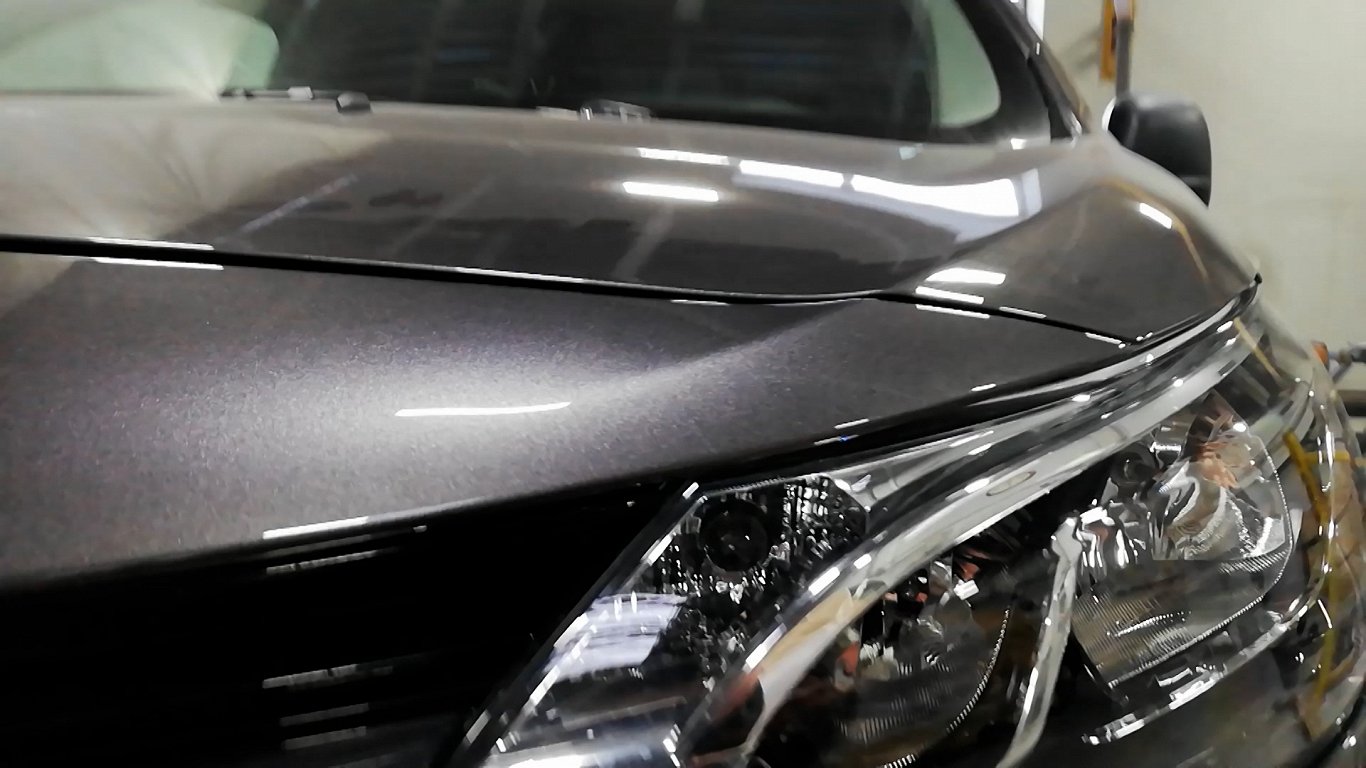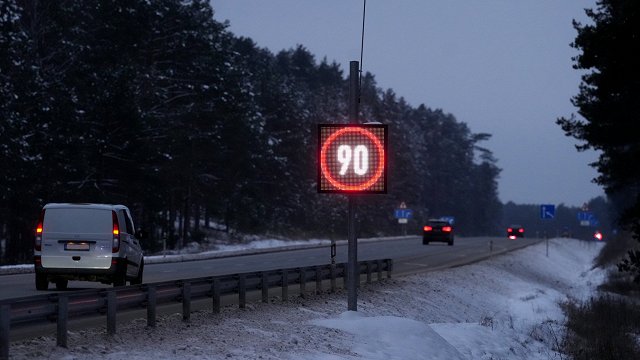Only last autumn, the media reported that the new car market had returned to robust growth. For example, sales data from car dealer Moller auto in the Baltics showed that new car sales last year were almost a third higher than the year before. The new car market returned to pre-crisis levels, with Toyota, Škoda, Volkswagen and Dacia topping the sales charts.
What is the situation now, one year later? Uģis Dermanis, Hyundai brand manager at distributor Skandi Motors, said that "the overall trend is that we have successfully come out of the car shortage. There are quite a lot of cars at the moment, one could even use the word overproduction.
"So healthy competition is back with good and interesting offers from new car dealers. But the overall situation remains negative compared to last year - almost -13% compared to last year's registrations. So there is still room for growth," said Dermanis.
Skandi Motors' spokesman calls it a moderate caution, due to the uncertainty in our region due to the Russian war, and to the sharp rise in bank lending rates a while ago, which, however, are on a downward trend.
Aivars Rudi, a board member of the Latvian Borrowers' Association, spoke more directly, saying that banks are still too cautious.
"Things are definitely not improving, the situation is still very, very cautious, and this applies to virtually all lending sectors - both mortgage and new car," Rudi assessed.
"Of course, the other factor why lending is weak is also the Euribor situation, because credit is still quite expensive, so people themselves are looking carefully at whether to take it or not.
But it is still a huge caution on the part of the banks - we don't see any improvement there, that they have started to work more actively. On the contrary, they are tightening [lending] more and more," Rudi said.
The Borrowers' Association was originally set up to support borrowers in difficulty. Now, when asked whether borrowers themselves have become more solvent, Aivars Rudi said that "part of the public is solvent, and new cars are no longer just a luxury item, but often a necessity."
"In addition, people are more likely to consider buying new cars rather than second-hand ones, given the potential new regulations [on emissions]," Rudi said.
Andris Kulbergs, President of the Automobile Association and Member of the Saeima (United List), estimated that the decline of around 12% in the new car market will continue, and that this picture can be observed for all car models.
The fall in prices is not surprising, as the previous year was a recovery from the pandemic crisis, or the so-called boom, but now the situation is slowed down by high leasing interest rates.
"For electric cars, on the other hand, we are seeing as much as a 35% drop compared to last year. The explanation is that everyone who wanted one has already bought one, but the next in line are the everyday users, while for the everyday users, the supply is pretty non-existent - competition for cheap electric cars is weak because the starting prices are very high," Kulbergs said.
Secondly, the wait-and-see situation in the market for new electric cars is because the state promises but regularly postpones the start of support programs, so buyers wait to see when the state support will start.






























